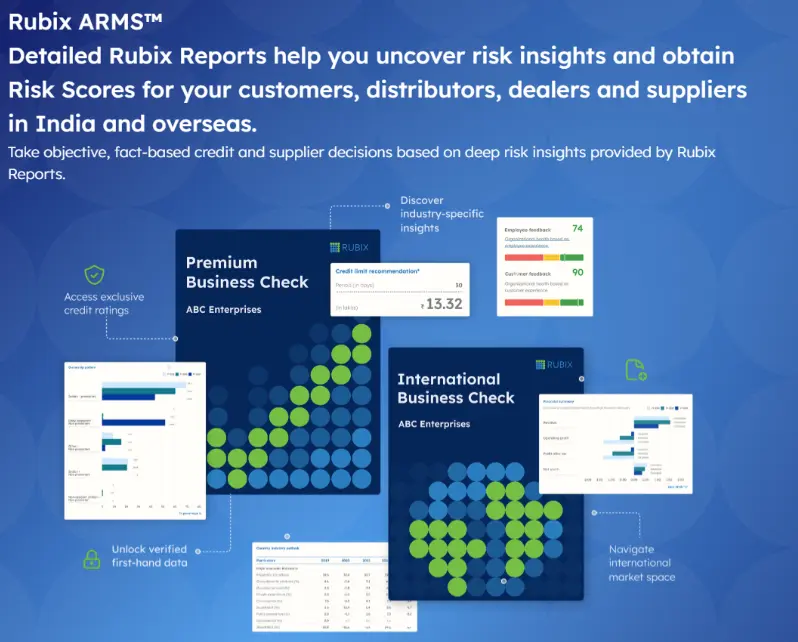Supply Chain Finance
Turning Payables into Finance Strategy: Supply Chain Finance Meets Procure-To-Pay

A seasoned CFO once compared managing payables to hosting a dinner party: everyone wants to be served first, but there’s only one cake to go around. Behind the humour lies a deeper truth: Procure-to-Pay (P2P) decisions are not merely back-office routines; they are strategic discussions about liquidity, supplier health, and business resilience.
Modern CFOs have a unique opportunity to rethink how they orchestrate the P2P process, and Supply Chain Finance (SCF) can be the hidden engine that powers this transformation.
Understanding the Procure-to-Pay Process
The P2P process is the end-to-end workflow that begins when an organisation identifies a need for goods or services and concludes when the supplier is paid. It typically involves:
- Sourcing the Goods / Materials
- Issuing purchase orders
- Receiving those goods or services
- Processing and validating invoices
- Approving and disbursing payments
Though P2P may appear to be a purely administrative function, it governs a significant portion of an enterprise’s cash outflows and directly affects procurement efficiency, supplier relationships, and compliance. P2P has strategic implications for liquidity management across the supply chain. When SCF is integrated into this process, it unlocks the ability to support suppliers, extend payment terms, and strengthen operational continuity, all without straining cash reserves.
Rethinking the Role of P2P in Modern Finance
Historically, the P2P process has been optimised for cost and efficiency. Digital workflows, automation, and e-invoicing have improved speed and accuracy. However, this transactional view of P2P often misses a critical opportunity: its potential to serve as a conduit for smarter financial decision-making. By embedding SCF into the P2P journey, CFOs can shift the focus from cost control to value creation.
SCF is often misunderstood as just a way for suppliers to get early payments. At its core, SCF aligns financial flows with physical and informational flows across the supply chain. It creates working capital flexibility, extends Days Payable Outstanding (DPO) without hurting suppliers, and turns payables into strategic tools.
For CFOs under pressure to do more with less, SCF introduces a unique paradox: support suppliers while conserving cash. This transforms the accounts payable process into a flexible tool for cash management, supplier financing, and even Environmental, Social, Governance (ESG) impact, especially when dealing with Small and Medium Enterprises (SMEs) that form the backbone of many supply chains.
Why Now?
Two global trends have brought this conversation to the forefront. First, supply chains are under pressure from a range of issues, from geopolitical uncertainty to raw material inflation. The need for liquidity and stability across supplier networks has never been greater. Second, the push for digital transformation is accelerating. According to PwC’s Global Digital Procurement Survey 2024, 69% of procurement teams are prioritising digital transformation, not far behind cost control at 65%. This reflects a clear intent to modernise core functions like P2P, and SCF fits naturally into that evolution.
Making SCF Integral: A CFO’s To-Do List
However, SCF creates real value only when it is woven into the P2P fabric, not bolted on. Here’s how CFOs can make that happen:
- Map Supplier Risk and Relevance
Not all vendors are equal. Identify those that are critical, cash-constrained, or strategically important. Embedding this intelligence into the P2P system helps trigger early payments through SCF where they matter most: reducing disruption, improving supplier terms, and strengthening continuity. - Turn Payments into Working Capital Strategy
SCF transforms invoice approvals into working capital decisions. With it embedded in P2P, each payment becomes an opportunity to preserve liquidity, ease supplier strain, and deploy cash with purpose. - Bring Procurement into the Flow
Turn SCF into a sourcing strategy. Equip procurement teams to consider financing benefits when negotiating terms or onboarding vendors. Enable the shift in mindset from price-only thinking to ecosystem value. - Automate Inside the Workflow
Modern SCF platforms, like Vayana’s, plug directly into ERP and procurement systems. Financing options are triggered the moment an invoice is approved without extra steps or friction. - Earn Supplier Trust
SCF adoption hinges on supplier confidence. Use P2P touchpoints to educate and reassure, especially MSMEs. When suppliers see fast, affordable, and transparent access to funds, they engage willingly.
When P2P and SCF Work Together, the Payoff Multiplies
An integrated SCF-P2P framework can be transformative because buyers preserve working capital and optimise surplus cash, suppliers gain faster access to affordable financing, and supply chains become more resilient, more predictable, and less exposed to shocks.
Today, a CFO’s job is no longer just to safeguard capital. It is to circulate it wisely, deploy it where it builds the most value, and ensure the lifeblood of supply chains – the suppliers, keep moving forward with the company. In that context, SCF is a mindset shift, and when embedded into the P2P journey, it quietly reshapes the way businesses grow together.







